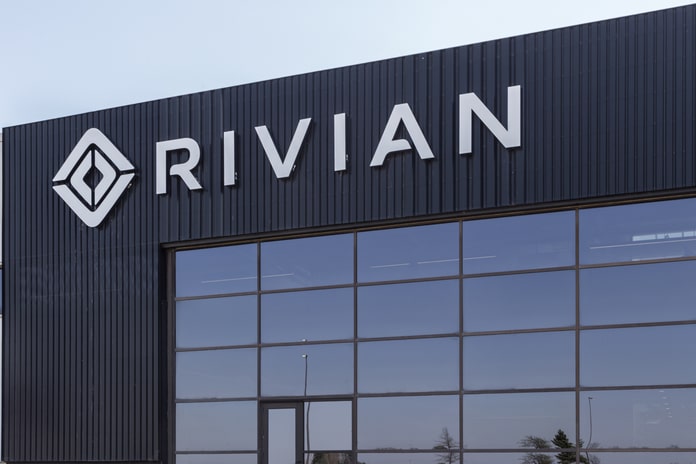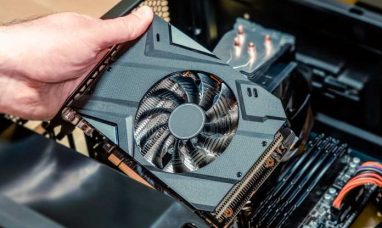When electric vehicle manufacturer Rivian (NASDAQ:RIVN) delivers its financial report for the second quarter tonight after the bell, one measure will focus everyone’s attention.
Investors will be watching what Rivian CEO RJ Scraringe and his team say about the company’s annual production forecast, which is currently set at 25,000 vehicles for the year. Rivian is following in the footsteps of Tesla and Lucid, as well as General Motors and Ford, both of which came before it.
Rivian to Post a Significant Increase in Vehicle Production
In the first quarter of 2022, Rivian manufactured 2,553 automobiles. In the second quarter, the company stated that it produced 4,401 vehicles, representing a significant increase in output. In light of these figures, Rivian will need to make around 19,000 vehicles in the second half of this year to achieve its 2022 prediction. This could be challenging for a company firm still working to scale up its manufacturing capabilities.
On Wall Street, some investors are bullish going into the report. “The performance last quarter coupled with the 2Q delivery numbers show that Rivian (and the management team) is finally starting to get their act together and live up to some of the massive hype for the company,” said Wedbush analyst Dan Ives in a note that was released today.
The consensus forecast for Rivan’s income statement and key financial indicators calls for the company to report sales of $335.7 million and an adjusted loss per share of $1.61. This would result in a loss of adjusted net income for the quarter of 1,520 million dollars.
Looking beyond the second quarter, any commentary on manufacturing capacity at the factory in Normal, Illinois or preorder information for the R1T and R1S trucks (90K as of the previous quarter) will also be excellent news.
Yahoo Finance has also reported that Rivian now requires customers who have placed preorder reservations to sign binding purchase agreements to keep the existing federal tax credit of $7,500 for purchasing an electric vehicle. According to the current wording of the Inflation Reduction Act, which may get a vote in the House later this week, many orders placed with Rivian would be disqualified. That’s because MSRPs are higher than $80,000, or potential buyers would be disqualified if their adjusted gross income is higher than a certain threshold. Questions concerning this new order process will likely be directed to Rivian’s executive team on the call.
Other items of note in the quarterly report and on the call that follows include whether Scaringe and management have anything more to say about the recent layoffs at the company, which affected 6% of the workforce. Investors will also want to know if Rivian is still struggling with component and chip shortages. During the conference call that followed the release of Rivian’s financial report for the preceding quarter, Scaringe stated that the company had experienced “the worst of the supply constraints,” hinting that the situation may improve.
Even though Rivian shares are trading higher today, they are still down a significant 62% year-to-date.
Rivian CEO Is Looking to Expand Into Commercial EVs
According to Chief Executive R.J. Scaringe, Rivian aims to produce millions of electric vehicles annually at numerous factories by 2030. The company is developing a wider range of commercial electric vehicles in various sizes and shapes.
Before the sizeable EDV-700 delivery van’s official unveiling with Amazon (NASDAQ:AMZN), Scaringe told Reuters that “there will be a host of other applications in the commercial space” based on the so-called RCV platform, which is the foundation of the Amazon van Rivian is constructing in Normal, Illinois.
Rivian has failed to fulfil manufacturing targets for the R1T pickup and R1S utility vehicle. Recently, the company announced that it had postponed some plans, including the R1S’s introduction in other countries, and could reduce headcount to cut costs.
The California-based company said it had more than $16 billion in cash at the end of the first quarter, but analysts have warned that the current cash burn rate may quickly deplete that amount.
According to Scaringe, the company’s planned R2 electric crossover, scheduled to begin manufacturing in 2025 at a new $5 billion Georgia plant, could share some components with Rivian’s smaller family of commercial cars.
The EDV-700 being supplied to Amazon won’t be used for that series, which will be developed on a new platform with “a smaller footprint, a smaller form factor,” he said.
By 2030, according to Scaringe, Rivian will continue to produce 1 million EVs annually. They hope to be building a lot more than that as they get out into the 2030s.
Featured Image: Megapixl © Redwood8















